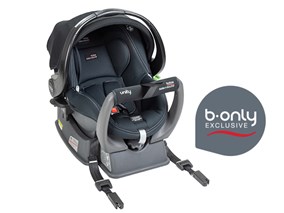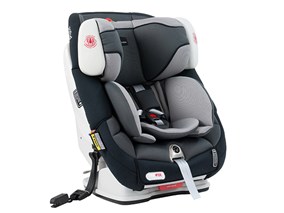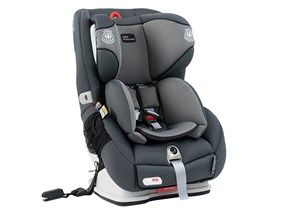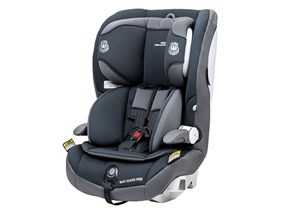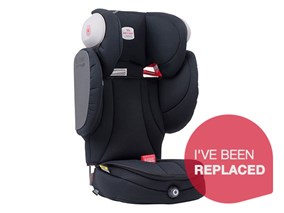Common Mistakes to Avoid When Fitting a Child Car Seat
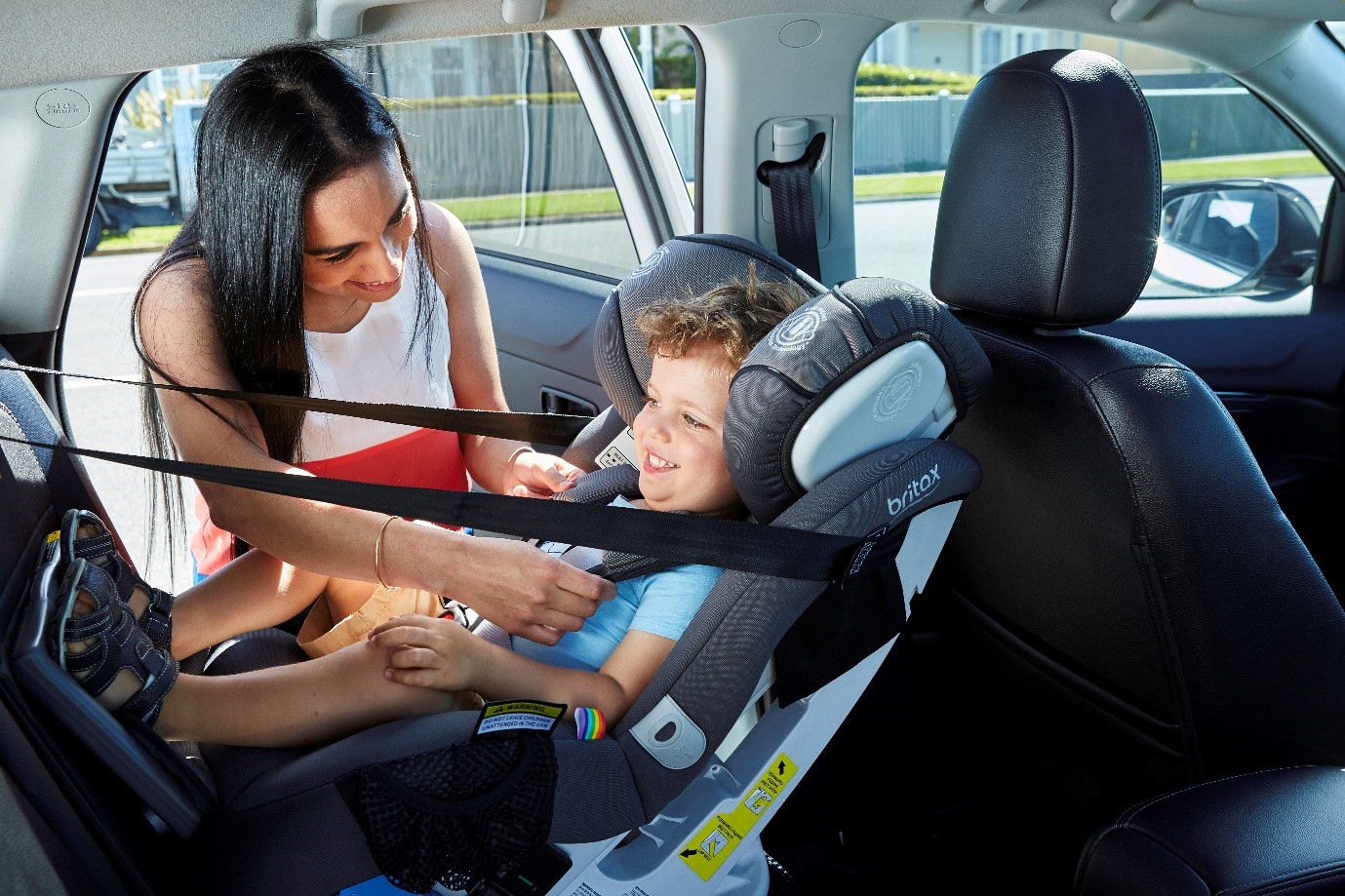
Common mistakes to avoid when fitting a baby car seat or a child safety restraint
One of the most important safety decisions you will make for your child is choosing a suitable car seat (Child Safety Restraint). This handy guide provides practical information to help you select the best car seat for your needs.
While the following information provides some tips on how to install a car seat, every car seat is different, and you must follow the manufacturer instructions for your particular model of car seat.
TIP 1: Choosing The Appropriate Seat For Your Child's Needs
The first step to ensuring a properly fitted car seat is choosing the right size for your child. This means selecting a car seat that is appropriate for your child’s age and height and that conforms to Australian safety standards.
You should follow the national safety road laws and manufacturer’s instructions on which car seat to use and keep using the car seat for as long as possible as the safest transport option.
A common mistake parents make is progressing to the next type of car seat based on age rather than height. Size of a child can vary and not all 4 years olds are the same height. Children should fit within the shoulder height marker advice for the specific model of car seat they are using.
Age should be used as a guide only:
- Children under the age of six months must use a rear facing car seat
- Children aged six months to four years can use either a rear facing car seat or a forward facing car seat.
- Children aged four years to seven years (approx.) must travel in a forward facing car seat or booster seat. Although staying in a harnessed seat is the safest option.
TIP 2: Regularly Check The Height Of The Child
This is the best method of ensuring that the child is safely restrained for as long as possible. In addition to using age as a guide, child car seats feature a shoulder height marker which dictates use.
Your child should remain in a rear facing seat or position until their shoulder is in-line or above the forward facing height marker.
Your child should remain in a forward facing seat until their shoulder height is above the upper shoulder height marker. For example, if your child is ten years old and still below the exit height marker, they need to stay in their safety seat.
Choose The Safest Position For The Car Seat
The safest placement of a car seat is on the rear seat of your vehicle in the center position, as it protects your child in the event of a side impact collision. The rear passenger side of your vehicle is an alternative option. You should always install the car seat where there is an appropriate anchor point and according to the manufacturer’s instructions and the instructions in your vehicle’s owners’ manual. A professional fitter can help to install your car seat in the safest position in your vehicle and teach you how to confidently do so as well! Professional fitting is strongly recommended with each new seat.
Incorrectly Installing
With so many belts and straps, ensuring correct car seat installation can be confusing. You should always follow the manufacturer’s instructions on how to fasten straps, making sure the car seat is secured tightly to your vehicle with no more than a couple of centimeters movement from back to front or side to side. It is strongly recommended you consult a professional Child Safety Restraint fitting service, especially with your first seat and each new seat thereafter.
Installing The Baby Seat At An Unsafe Angle
A properly installed infant carrier or rear facing car seat will keep your baby's head positioned comfortably on the back of the car seat. The preferred angle of a rear facing car seat base is 10-15°, for vehicles with a flatter car seat you can pack firmly rolled up towels on the underside of the base to achieve the desired angle. Some car seats include leveling indicator lines that allow you to gauge the correct angle.
TIP 3: Practice Using The Harness and Straps
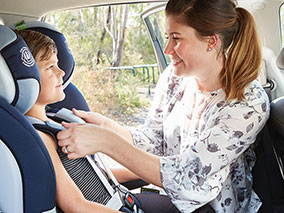
As well as providing safe and secure support, it is important that child car seats, harnesses and straps are correctly adjusted.
You will be dealing with straps every day, so it is highly recommended to test the ease of use before you make your purchase to ensure safer harnessing.
Some car seats also the feature harnesses that do not require threading/unthreading thus enable automatic shoulder height repositioning. These are important features that make using a car seat easier and less stressful.
TIP 4: ALWAYS Choose A Car Seat That Has Been Safety Tested
In a collision, infants, babies and children are extremely vulnerable if they are not properly secured in a car seat. Australia’s Standards for car seats is one of the toughest in the world to ensure better protection for our children.
In Australia, it is illegal to purchase or use a car seat that does not comply with the Australian/New Zealand Standard 1754. Always look for the certification mark AS/NZS:1754 on the car seat you choose for your child.


